Increased Use in Processed Foods
The edible animal-fat market is experiencing growth due to its increased use in processed foods. As manufacturers seek to enhance flavor and texture in their products, animal fats are being incorporated into a variety of food items, including baked goods, snacks, and ready-to-eat meals. This trend is indicative of a broader movement towards using natural ingredients in food production, as consumers become more discerning about what they eat. The edible animal-fat market is projected to account for approximately 15% of the total fat market in the coming years, highlighting its importance in the food processing sector. This shift towards natural fats in processed foods may further bolster the market's growth.
Health Consciousness Among Consumers
The growing awareness of health and nutrition among consumers appears to be a significant driver for the edible animal-fat market. As individuals increasingly seek natural and wholesome food options, the demand for animal fats, which are perceived as healthier alternatives to synthetic fats, is likely to rise. According to recent data, the market for animal fats is projected to grow at a CAGR of approximately 4.5% over the next five years. This trend indicates a shift towards traditional cooking methods that utilize animal fats, as they are often viewed as more authentic and flavorful. The edible animal-fat market is thus benefiting from this health-conscious movement, as consumers prioritize quality and natural ingredients in their diets.
Rising Popularity of Artisan Products
The rising popularity of artisan and craft food products is likely to serve as a catalyst for the edible animal-fat market. Consumers are increasingly drawn to products that are handmade or produced in small batches, often emphasizing quality and traditional methods. This trend aligns with the use of animal fats, which are often associated with artisanal cooking and baking. The edible animal-fat market stands to benefit from this consumer preference, as more producers incorporate animal fats into their offerings to meet the demand for authentic and high-quality food products. As a result, the market may see a notable increase in sales, particularly in niche segments that focus on artisanal and gourmet foods.
Culinary Trends Favoring Traditional Fats
Culinary trends in the United States are increasingly favoring traditional cooking methods that utilize animal fats, which may drive the growth of the edible animal-fat market. Chefs and home cooks alike are rediscovering the rich flavors and textures that animal fats can provide, leading to a resurgence in their use in various cuisines. This trend is supported by the rise of gourmet cooking and the popularity of ethnic foods that traditionally incorporate animal fats. The edible animal-fat market is likely to see an increase in demand as more consumers seek authentic culinary experiences. Furthermore, the market is projected to reach a valuation of $1.2 billion by 2026, reflecting the growing appreciation for these traditional ingredients.
Regulatory Support for Natural Ingredients
Regulatory support for natural ingredients in food products is emerging as a key driver for the edible animal-fat market. As food safety regulations evolve, there is a growing emphasis on transparency and the use of natural components in food production. This regulatory environment appears to favor the inclusion of animal fats, which are often viewed as safer and more wholesome compared to synthetic alternatives. The edible animal-fat market is likely to benefit from these regulatory changes, as manufacturers seek to comply with consumer demand for clean labels and natural ingredients. This shift may lead to an expansion of the market, as more companies explore the use of animal fats in their product formulations.


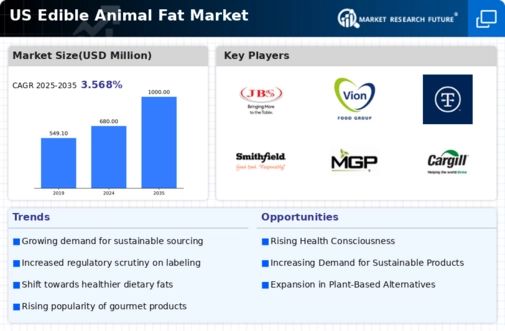
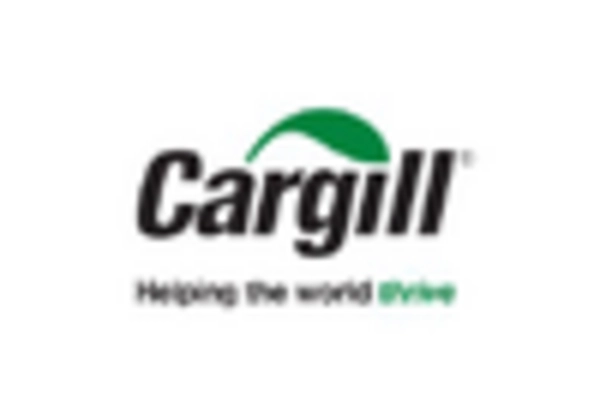
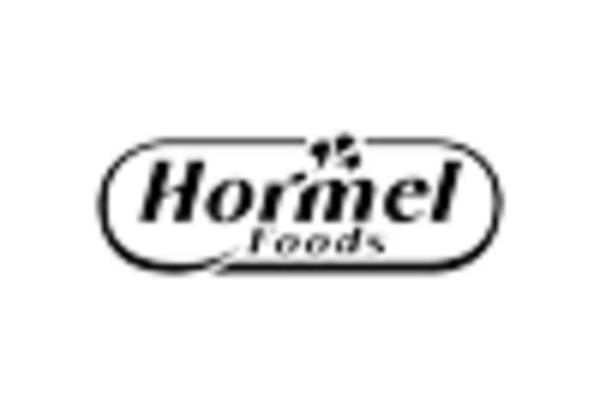
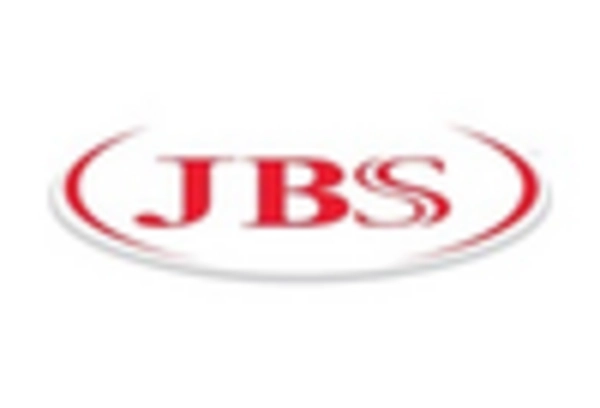
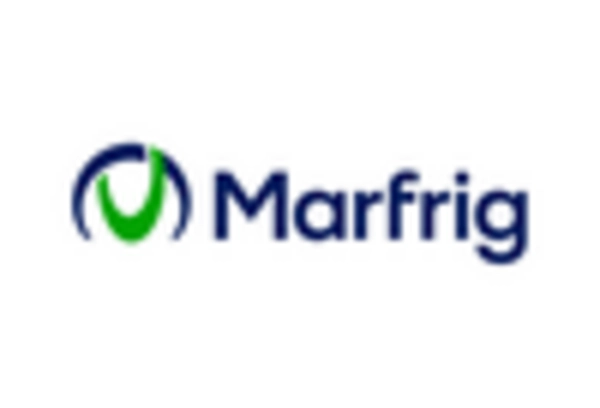
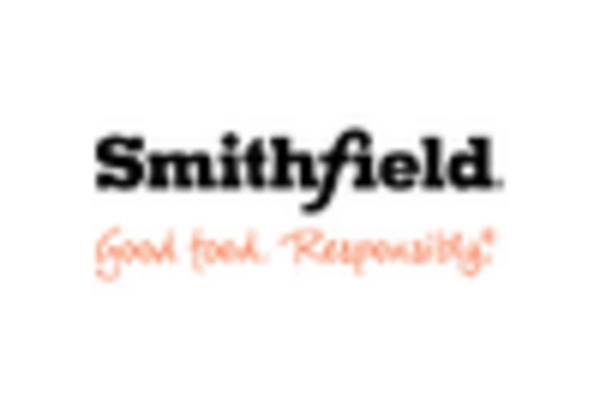
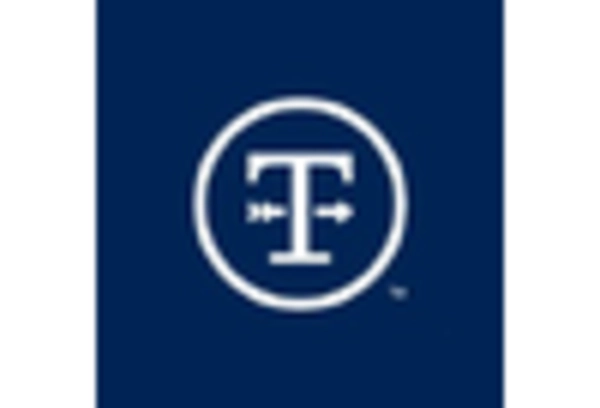








Leave a Comment